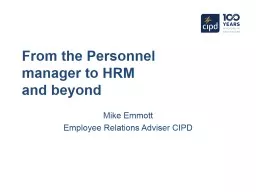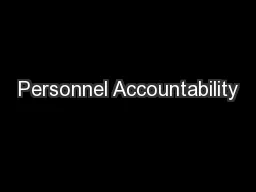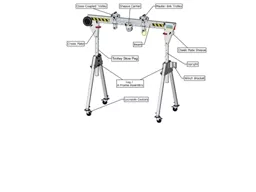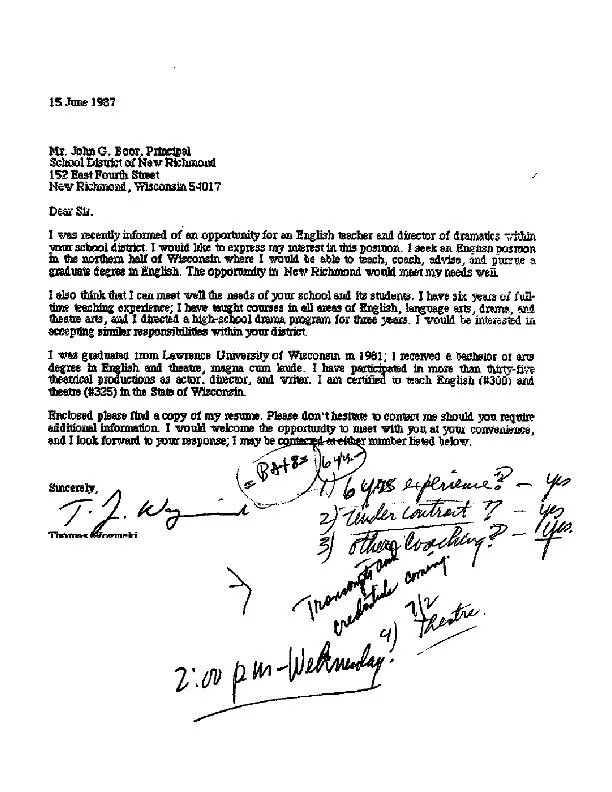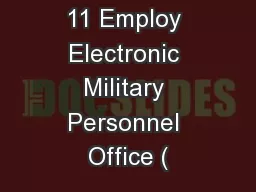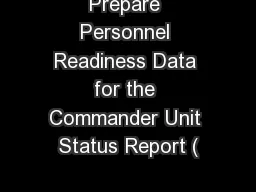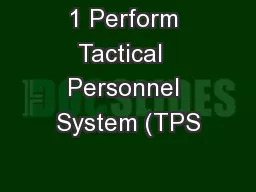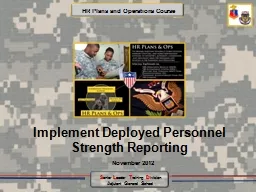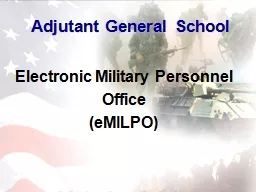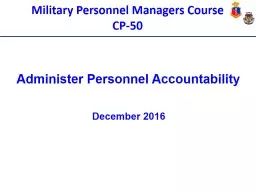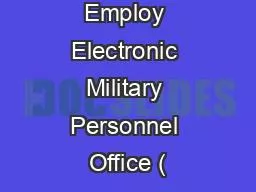PPT-From the Personnel
Author : jane-oiler | Published Date : 2017-12-19
manager to HRM and beyond Mike Emmott Employee Relations Adviser CIPD History of CIPD 1913 Welfare Workers Association WWA 1920s Labour Officers appointed to
Presentation Embed Code
Download Presentation
Download Presentation The PPT/PDF document "From the Personnel" is the property of its rightful owner. Permission is granted to download and print the materials on this website for personal, non-commercial use only, and to display it on your personal computer provided you do not modify the materials and that you retain all copyright notices contained in the materials. By downloading content from our website, you accept the terms of this agreement.
From the Personnel: Transcript
Download Rules Of Document
"From the Personnel"The content belongs to its owner. You may download and print it for personal use, without modification, and keep all copyright notices. By downloading, you agree to these terms.
Related Documents

